
Coffee Rituals Around the World: Exploring Cultural Traditions

In one of our previous blogs, we uncovered and analysed the historical impact of coffee and how this harmless drink was thought to propel revolutions across the globe. This blog talks about the diverse coffee rituals globally and their implications.
The official “pick-me-up” and a global favourite energy booster has woven the entire world through its unifying tapestry and enhancing interpersonal bonds between friends, loved ones, and colleagues. People consider coffee a motivation to shake them up from slumber and prepare them for the gruesome day ahead. With a world bustling with millions of coffee connoisseurs and various traditions associated with coffee, people indulge in coffee rituals differently.
Let us travel the road to discovering some of the most unique coffee rituals globally.
Ethiopian Coffee ritual
The coffee tradition in Ethiopia is considered the most ancient and is characterised by women preparing the drink with a lot of method, love, and preparation. Burning incense, arranging grasses and flowers on the floor is part of this tradition. The coffee beans are ground with spices like cardamon, cinnamon, and cloves, adding a dash of spiciness to the energy-enhancing drink, and served in small cups called finjans. The tradition of sharing coffee is to strengthen mutual connection and love.
Italian Espresso culture
The quintessential Italian coffee experience involves consuming concentrated coffee shots in small quantities called espresso. The intense coffee is consumed while standing at the bar or counter as they believe consuming it that way helps to savour the flavours of the drink well. Engaging in fun and banter while enjoying Italian espresso is part of the coffee culture.
Vietnamese coffee traditions
Coffee was introduced in Vietnam by the French in 1880 and ever since then, Vietnamese added their signature creativity to enhance this drink as per their choice. Vietnamese coffee features a concoction of grounded robusta beans with sweetened condensed milk and dollops of ice. The ground mixture is let drop by drop through the phin filter, and the resultant liquid is the bold Vietnamese coffee that is a global favourite. In Vietnam, coffee is an emotion! You can notice small cafes serving coffee as early as 4:30 am running through the day till 11 pm. Vietnamese gather for coffee to discuss trending news in their neighbourhood and indulge in invigorating gossip sessions as part of their tradition.
Indian coffee tradition
Indian coffee is called “kaapi” in South India and consists of roasted arabica beans that are grounded and brewed using a metal filter with sieves. Though coffee is sought-after throughout the Asian sub-continent as a popular beverage, the power of bringing people together through coffee sessions is a very prominent part of the Indian coffee tradition. South Indians prefer to start their days with strong-filter coffee and end their mid-day snack sessions with this drink to boost their moods.
Saudi Arabic coffee tradition
In Saudi Arabia, coffee is known as kahwa and has dashes of cardamom, cloves, and cinnamon that spice up the drink. The Saudi Arabia Kahwa custom emphasises respecting elders by serving it to the eldest member of their family and filling only one-third of the cup with the beverage. Coffee is served with dried dates as an accompaniment very few people would deny owing to the health benefits.
Turkish coffee tradition
Turkish coffee traditions revolves around Tasseography, which is the art of fortune telling by looking at the remnants of the coffee grounds on the inside walls of a cup. Turkish coffee culture, passed on since about 1500 AD, is inspired by Sufism. They believe this drink accelerates their spiritual journey and treat their coffee-drinking practice very seriously.
Finally, each of these coffee traditions might look different, but at the heart of it, all are aimed at bringing peers together as a community to celebrate oneness, diversity, and a sense of belonging.
Which one appealed to you the most?




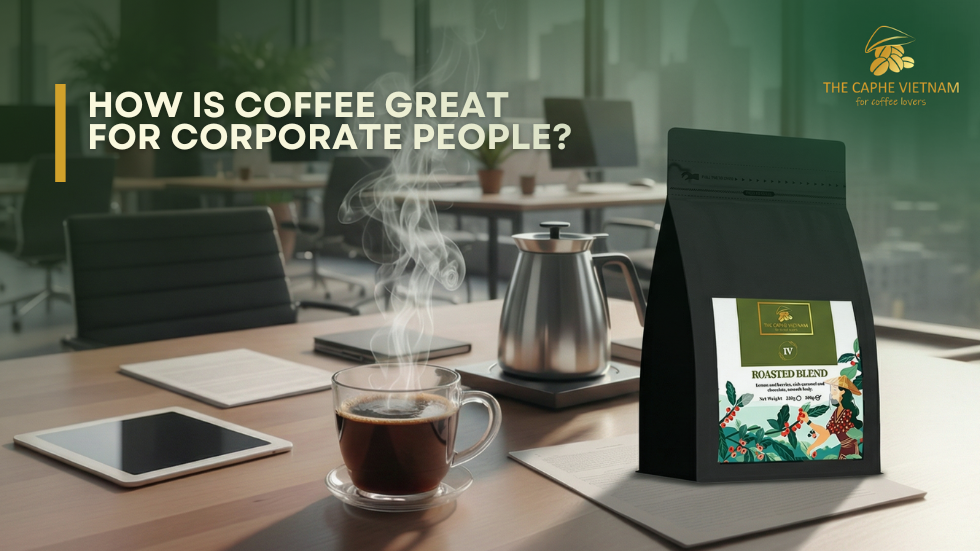



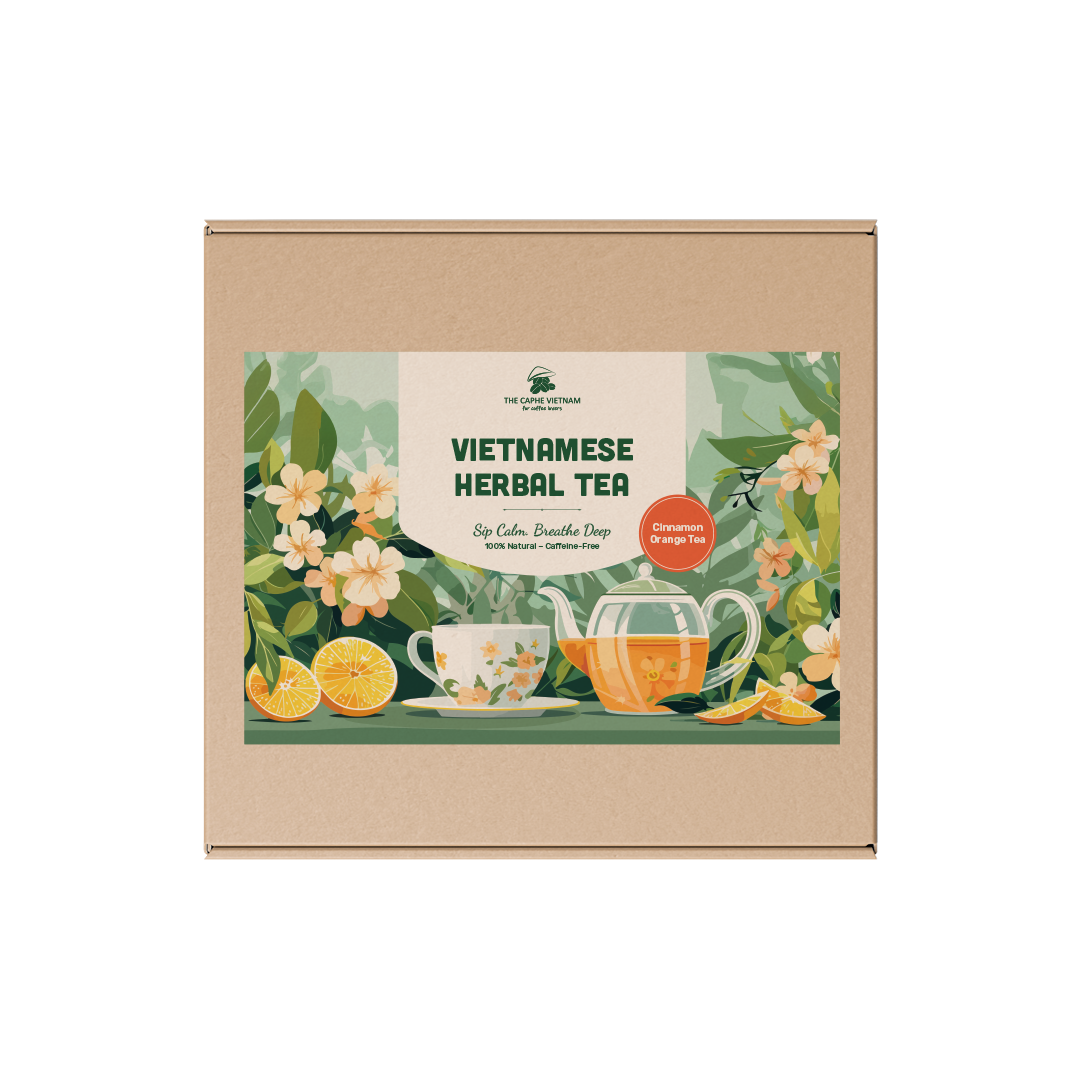
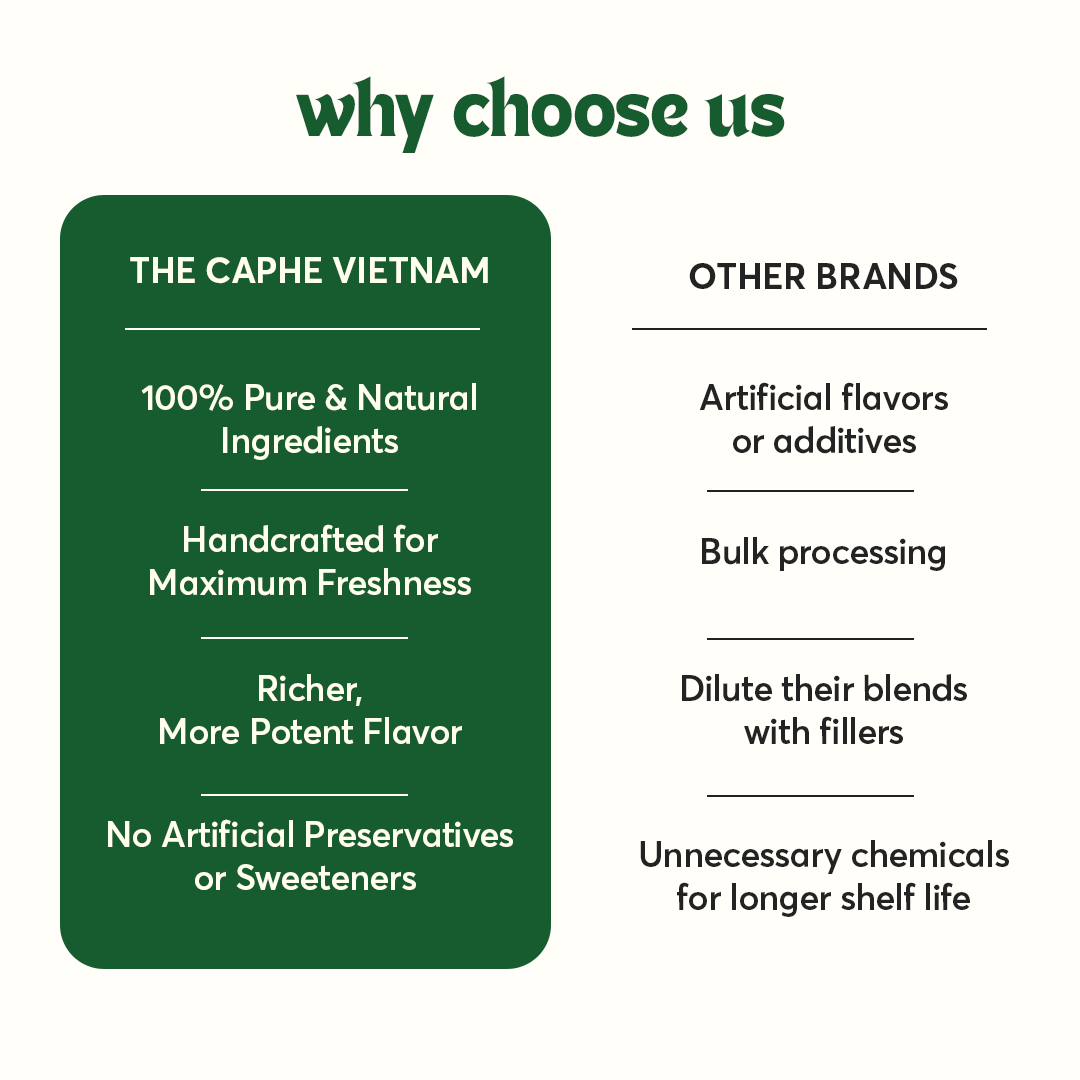
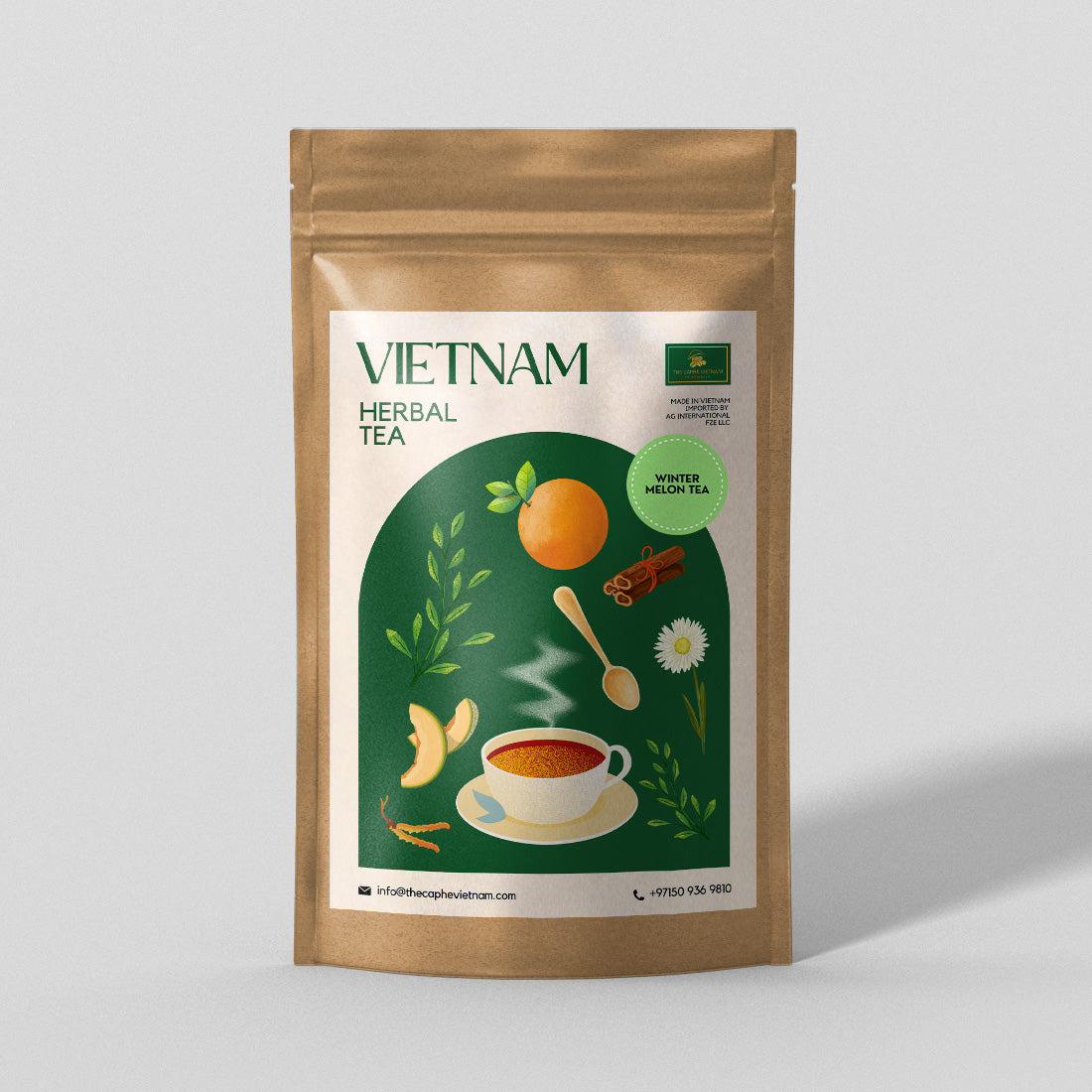
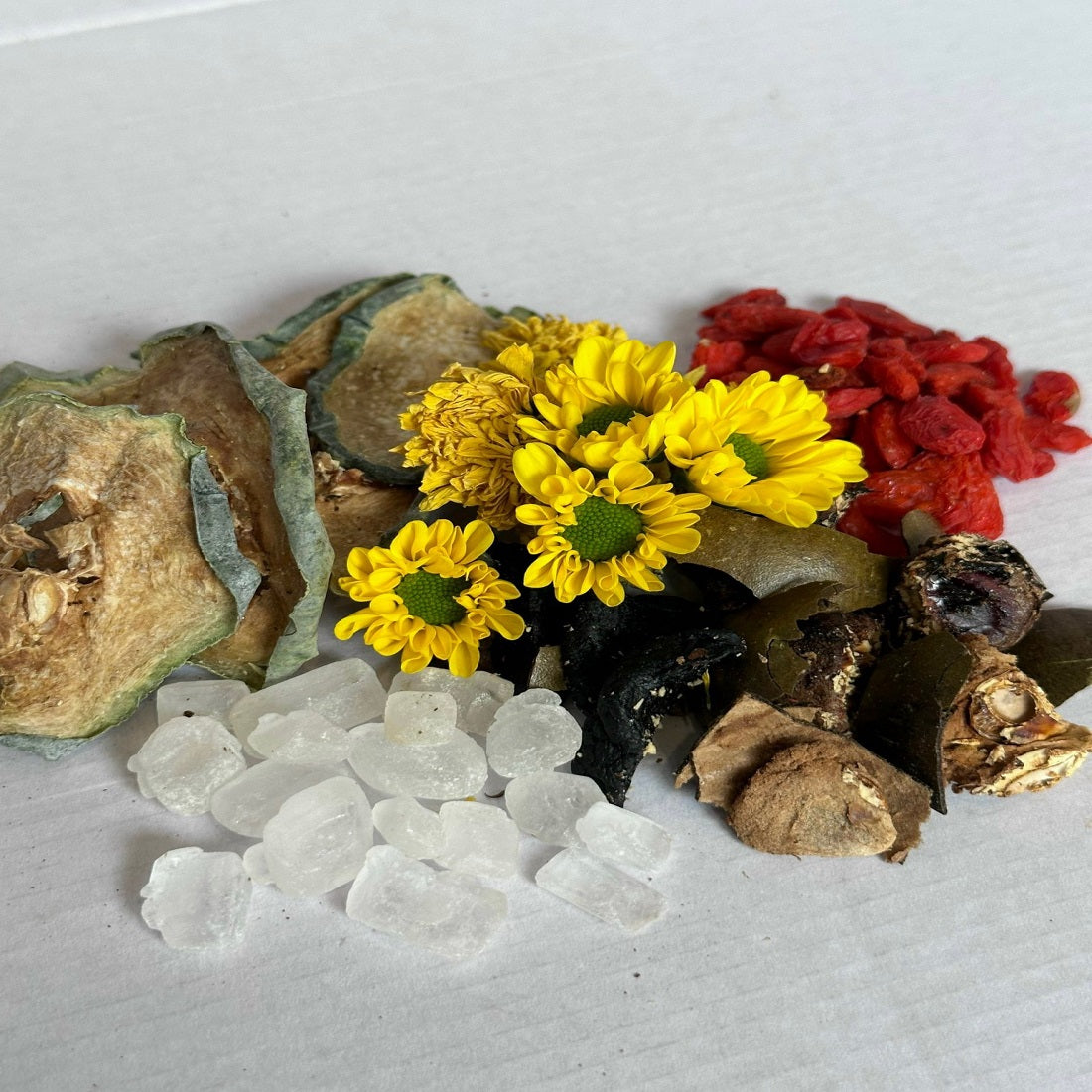
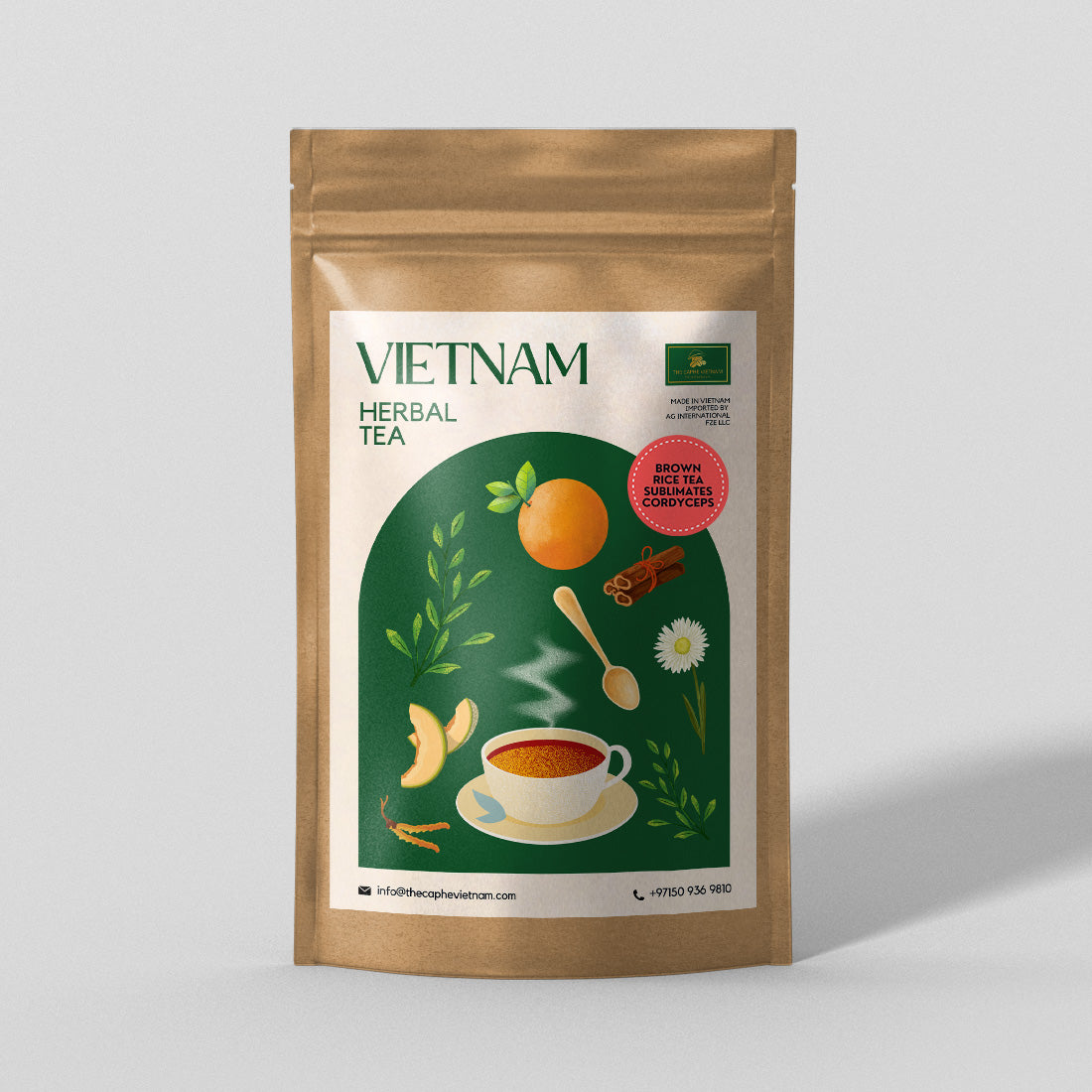
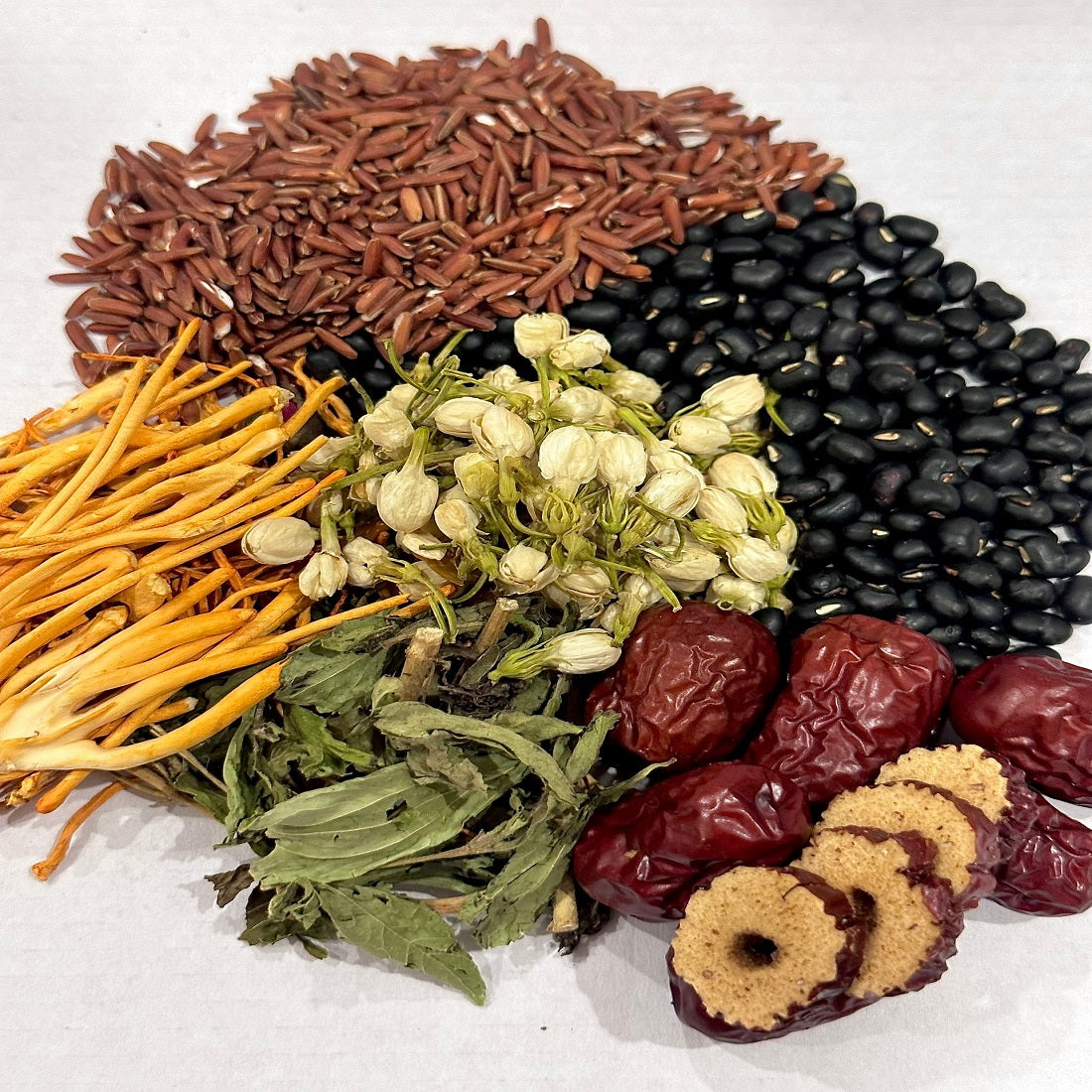
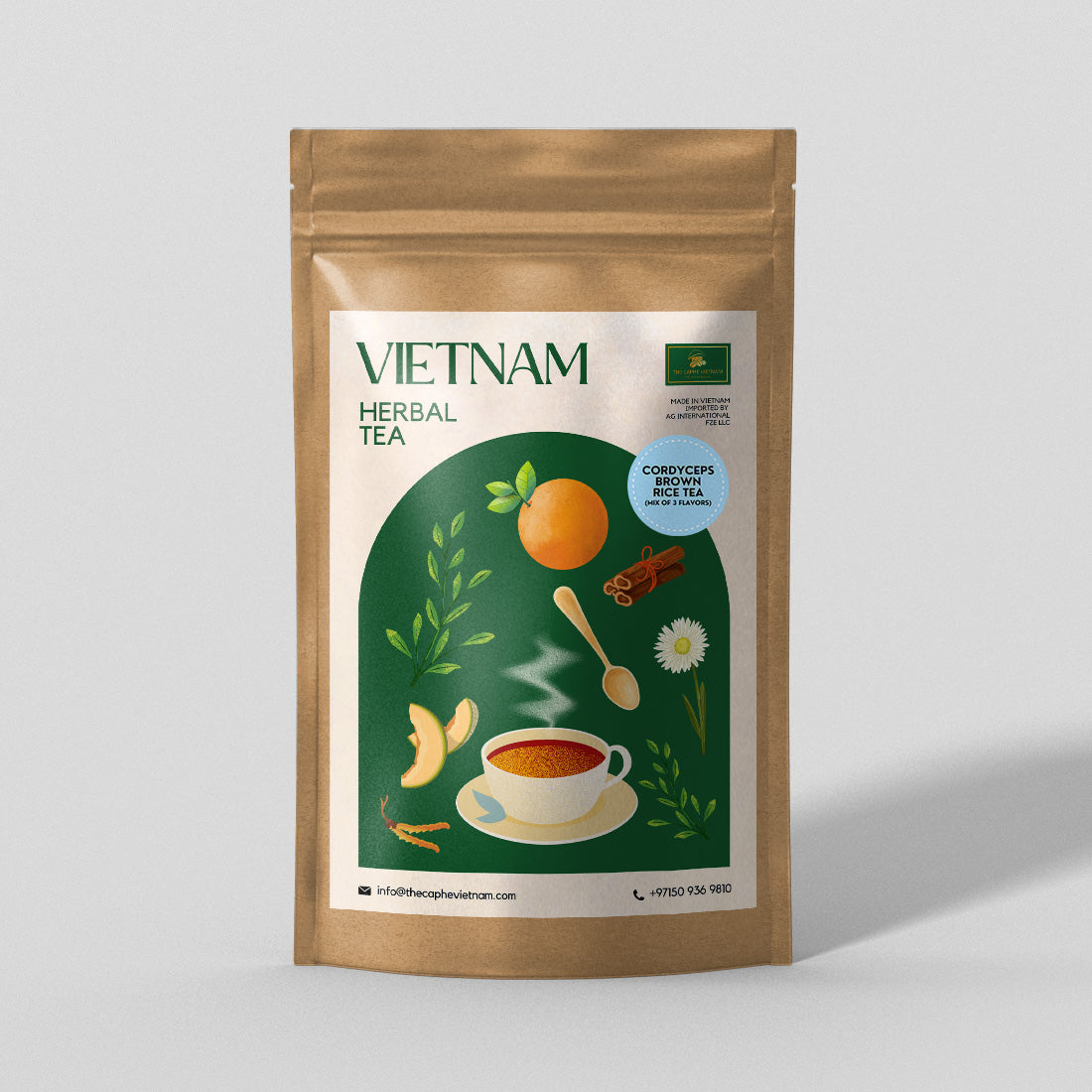
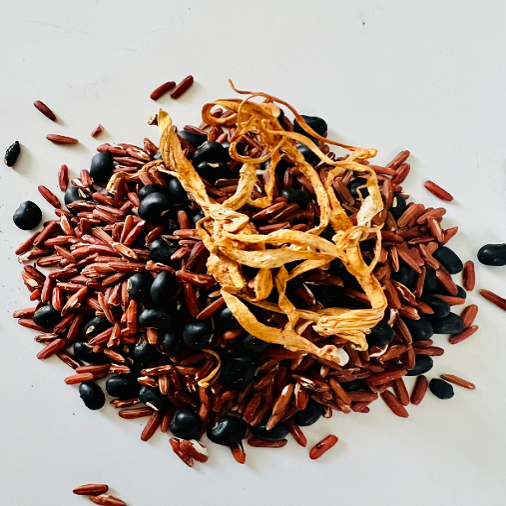
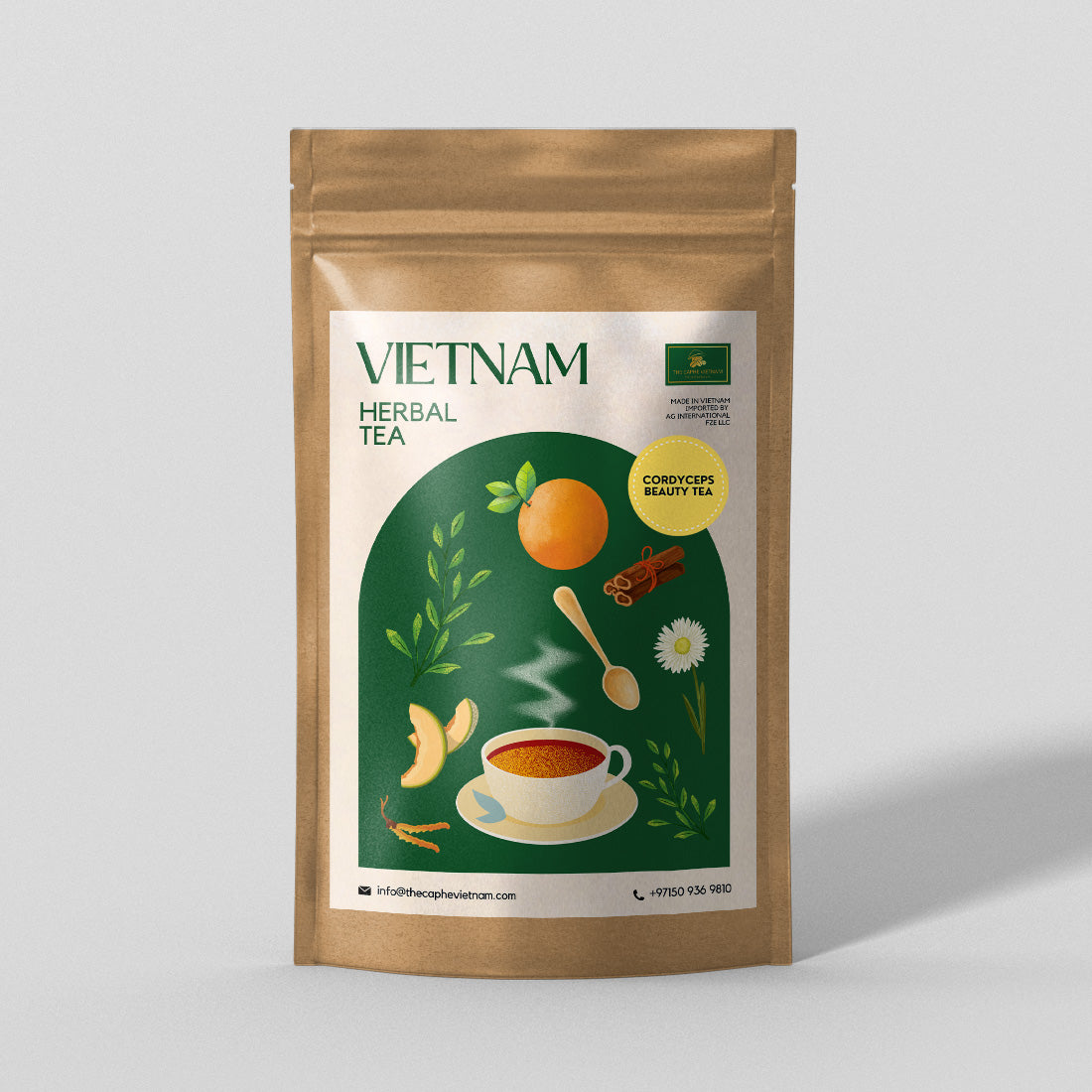
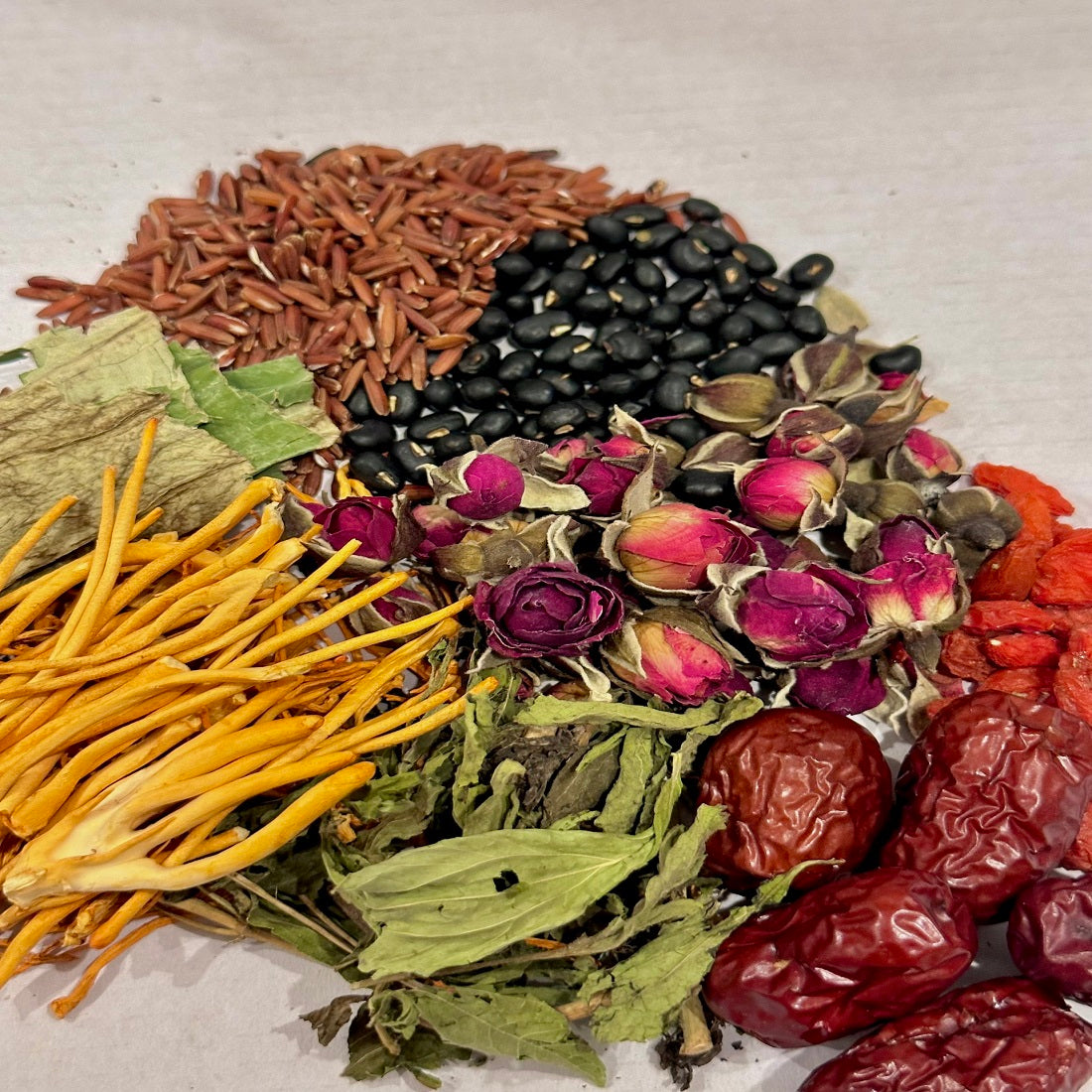
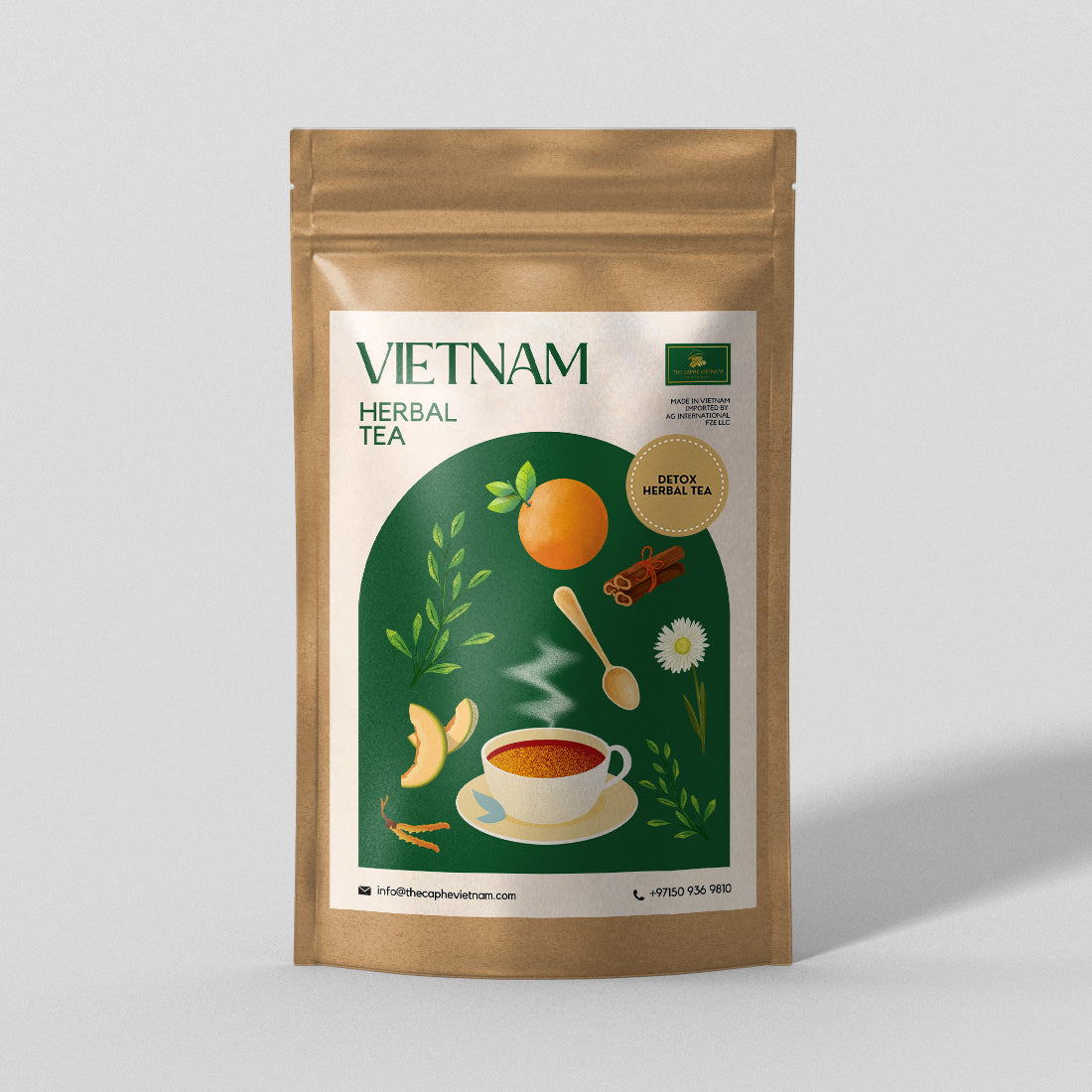
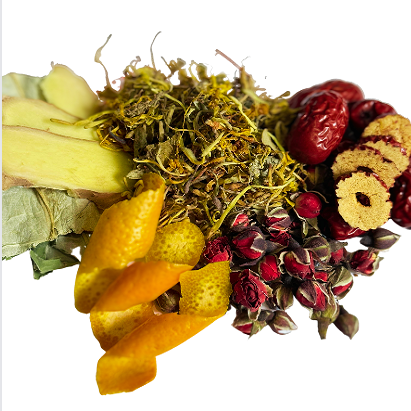
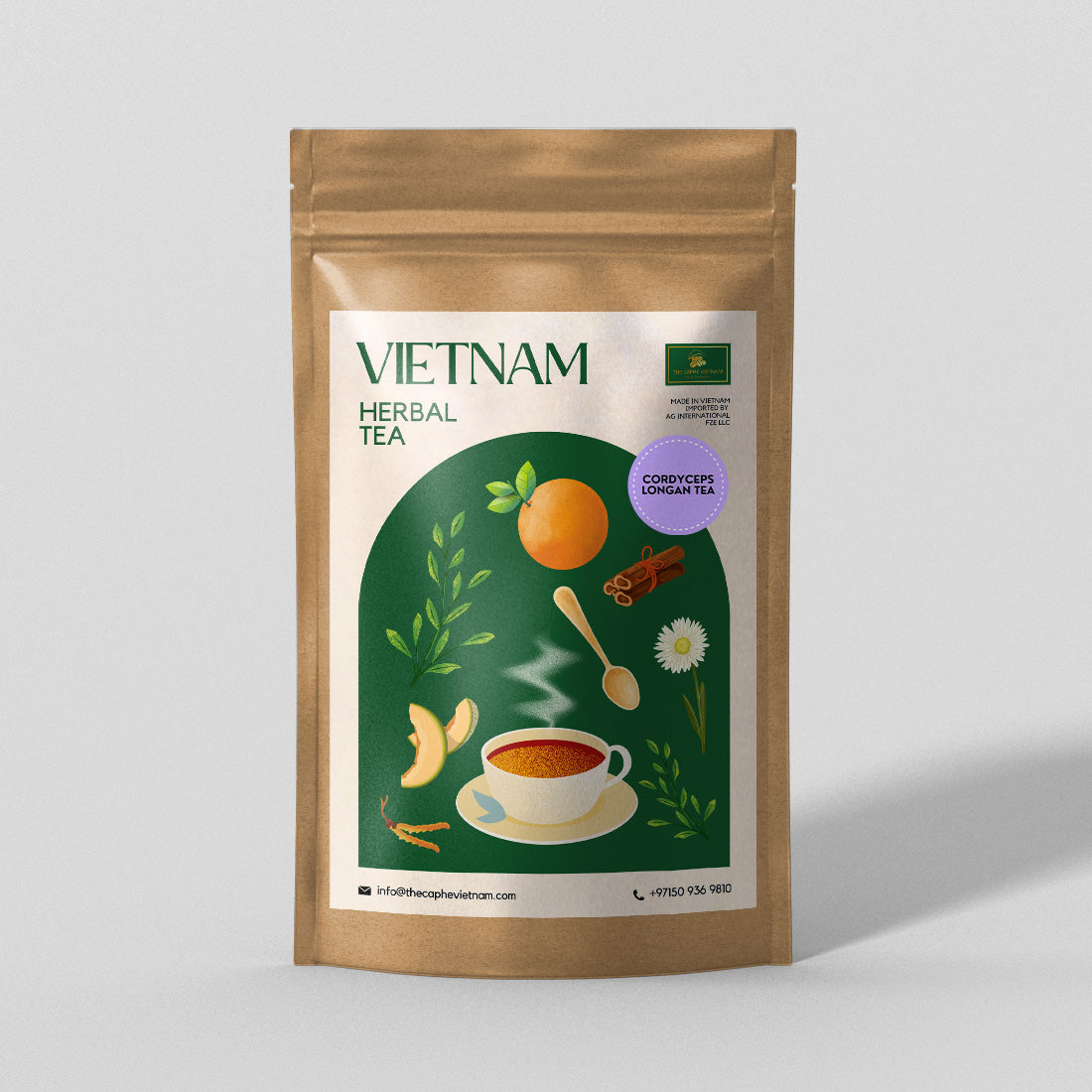
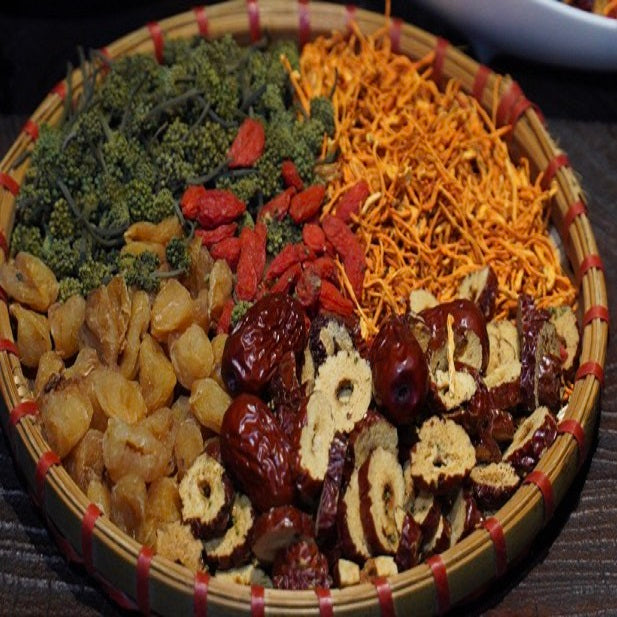
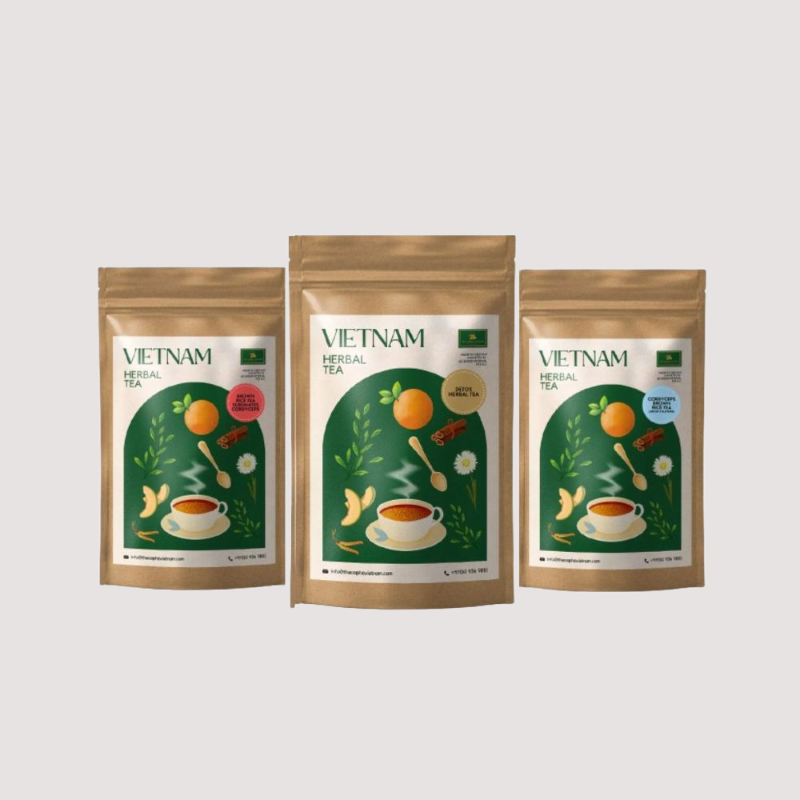
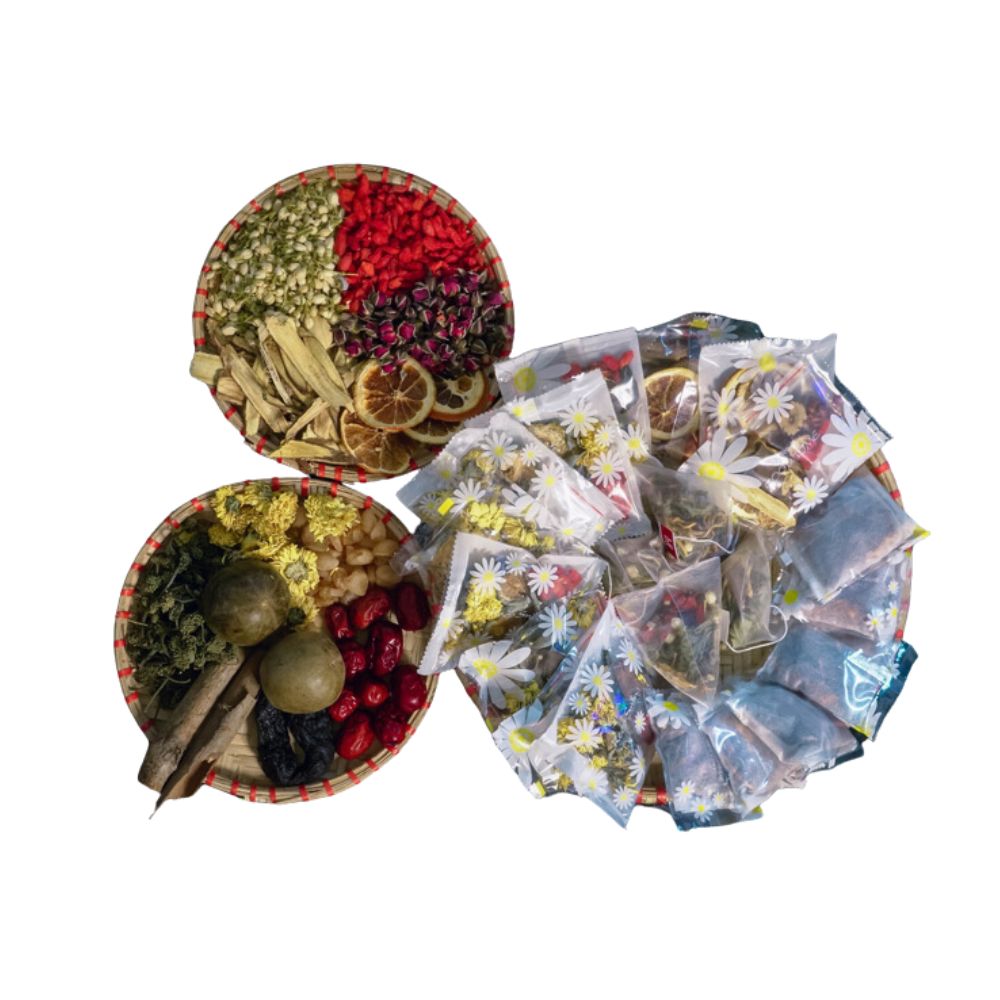
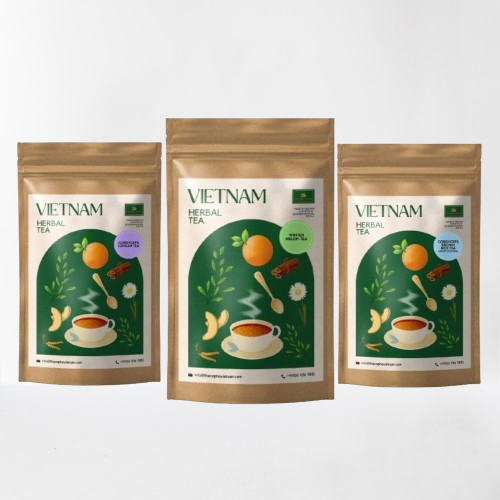
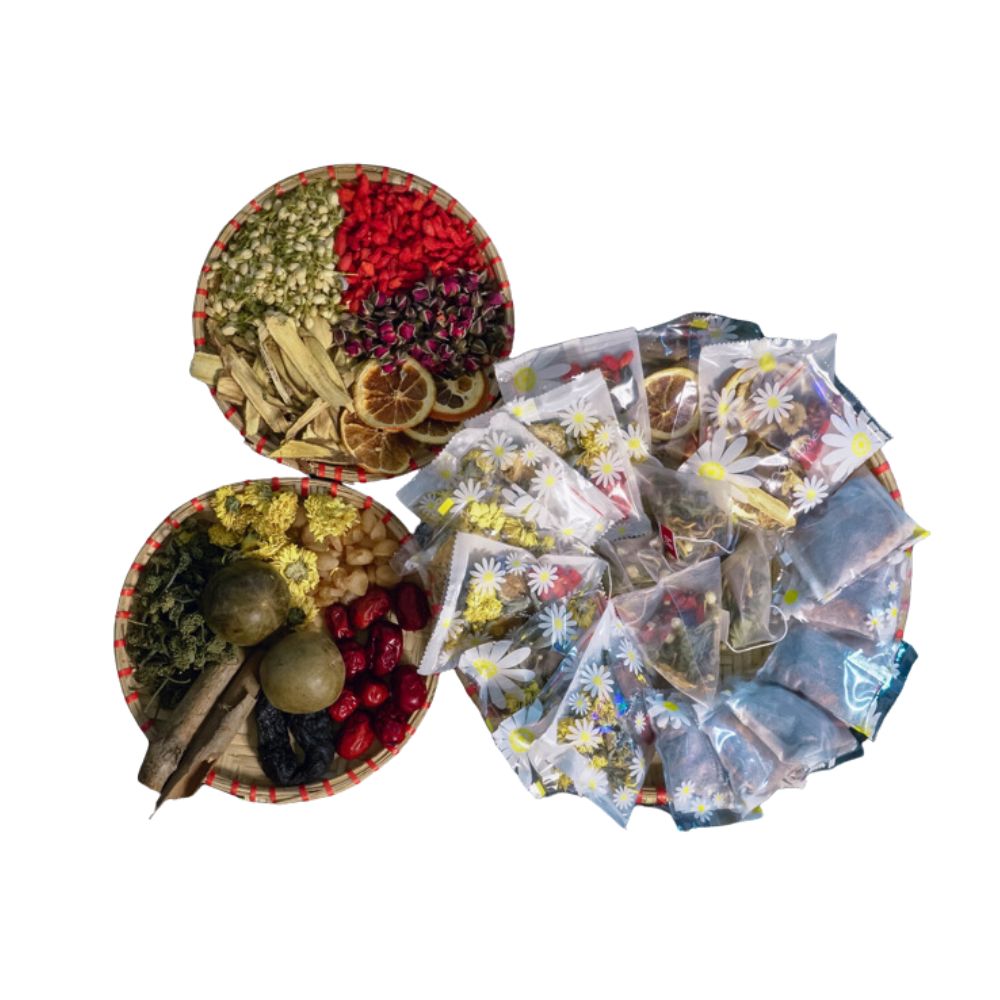




It’s fascinating to learn how different cultures infuse their unique traditions into something as universally enjoyed as coffee. The attention to detail in highlighting these diverse cultural practices resonates with the commitment to authenticity that The Caphe Vietnam is known for. As a coffee enthusiast, this blog not only broadened my knowledge but also deepened my appreciation for the global essence of coffee. Looking forward to more insightful content from The Caphe Vietnam. Cheers to the world’s favorite ritual in every cup!